A look at OpenSUSE based Gecko Linux
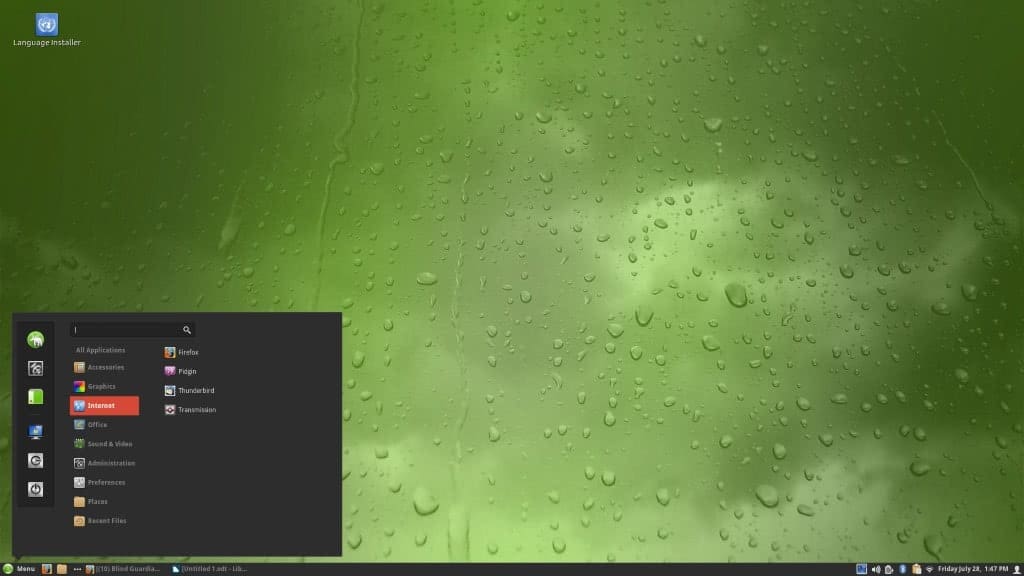
I was sitting at home writing future articles for Ghacks and I decided on a spur of the moment whim that I wanted to try out a distribution I had never touched before.
I’ve tried countless systems over the years, from the typical Ubuntu and Debian based systems, to Arch based systems like Manjaro, even Gentoo based systems like Sabayon.
However, I was thinking about it and OpenSUSE used to be one of my favourite distributions to use but I’ve never actually sat down and tried a respin of an OpenSUSE based system; so I started digging around into what some popular ones were...And Gecko Linux caught my eye.
Gecko Linux

Gecko Linux right away caught my attention due to some major changes to how things are done when compared to its parent system OpenSUSE. On the homepage of Gecko Linux, the developer lists some changes between it and OpenSUSE:
- “GeckoLinux comes as an offline installable live DVD / USB image for Static and Rolling editions, whereas openSUSE has a non-live DVD / USB installer, a net-installer image, or Tumbleweed live DVD / USB with net-installer options.
- GeckoLinux offers customized editions optimized for different desktop environments, whereas openSUSE requires the user to know how to install patterns and packages for different desktop environments.
- GeckoLinux comes pre-installed with common niceties such as proprietary media codecs, whereas openSUSE for legal reasons requires users to know how to add additional repositories and which packages to add.
- GeckoLinux prefers packages from the Packman repo when they are available, whereas some of openSUSE's default packages don't work with patent-restricted features even if the features are installed from other sources.
- GeckoLinux comes pre-configured with what many would consider to be good font rendering, whereas many users find openSUSE's default font configuration to be less than desirable.
- GeckoLinux does not force the installation of additional recommended packages after system installation, whereas openSUSE pre-installs patterns and automatically installs recommended package dependencies, thus causing many additional and possibly unwanted packages to be installed the first time the package manager is used.
- GeckoLinux's desktop programs can be uninstalled with all their dependencies, whereas openSUSE's patterns often cause uninstalled packages to be automatically re-installed.â€
To anyone who has used OpenSUSE you know that it’s a very powerful system and has great features and customization potential, however there are certain aspects of the system that can be frustrating and downright annoying, such as patterns causing uninstalled packages to be re-installed. Seeing the above mentioned changes instantly piqued my interest, and I knew I had to give it a try.
The installation
I opted to install the Cinnamon flavour of Gecko Linux Static, which is based on the Leap form of OpenSUSE. The download of the ISO was quick and painless, and once I had my liveUSB made I booted into the environment. The installation software used is Calamares, which numerous other distributions also make use of, so I was already quite familiar with its usage.
One thing that I can say right away that I did not like about the Gecko Linux installation was that the option to encrypt my system fully did not complete; rather it faced an error and I was forced to restart the installation without encryption.
Looking a little deeper into it, I know that older versions of Calamares had issues with encryption, but seeing as version 3.1 was the version being used, the old issue was no longer relevant. I didn’t spend hours seeing if there was anything I could do; I just moved on.
Otherwise, the installation was smooth and painless; even on my 5400RPM Hard Disk, it was surprisingly fast and stable with an absolutely simple install. Once the installation was done, I booted into my main system.
Note: When using the live environment, the username AND the password are ‘linux’
A look at the system
If you’ve used OpenSUSE before in the past, then at least on the surface you won’t really notice a whole lot different. Having chosen the Cinnamon environment, everything was pretty well standard with other systems using Cinnamon. I will note that I did notice that animations had been turned off for things like clicking open your applications menu etc, and other minor eye-candy effects had been disabled. I didn’t mind, I tend to turn that sort of thing off myself anyways in favour of increasing performance.
However, I did notice that performance was slower than on other distributions such as Arch/Manjaro, and Linux Mint. OpenSUSE is known as a little ‘heavier’ of a distro, and this is no different on Gecko Linux from my experience. It wasn’t unbearable or anything, and likely would be less noticeable if my Hard Disk wasn’t 5400RPM; but I felt I should point this out at least.
Applications like Clementine, VLC, Thunderbird, Gparted, LibreOffice, Firefox, Pidgin, and Transmission are all included providing all the most common needs fulfilled with a great selection. As with the official OpenSUSE system, YaST2 is included as well, which I greatly support.
Final Thoughts
I actually think I’ll be keeping Gecko Linux on my system for a while. I’ve always enjoyed OpenSUSE, and the changes made behind the scenes will mitigate or avoid minor annoyances I used to have with the system. It seems well put together with the exception of the Calamares encryption issue, is not loaded with a bunch of bloat, and seems to be a well rounded distribution; well worth a look if you’re contemplating a change in distribution!
Now you: Do you use any respins of popular distributions? Why do you use/not use them, instead of the main distro?



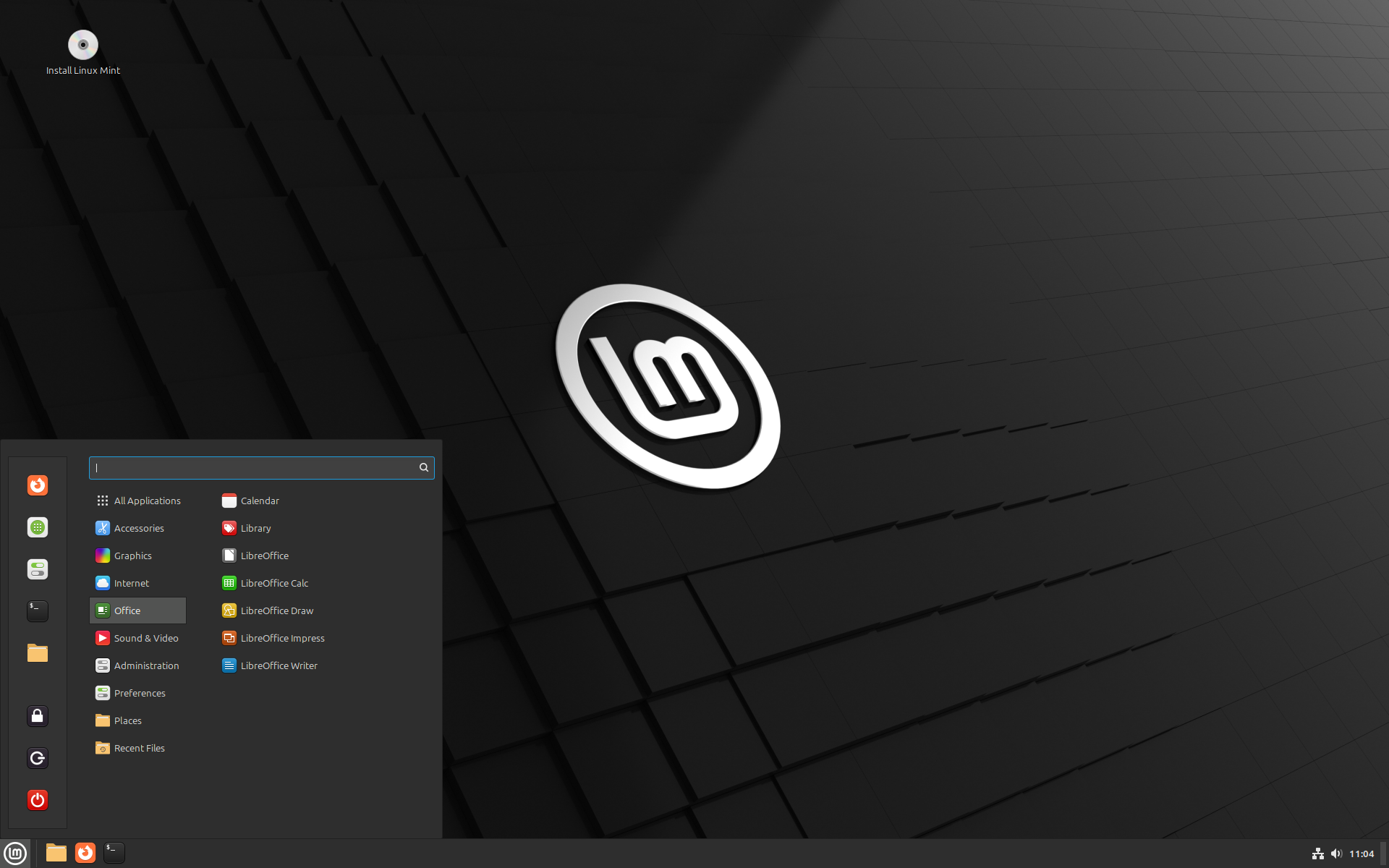
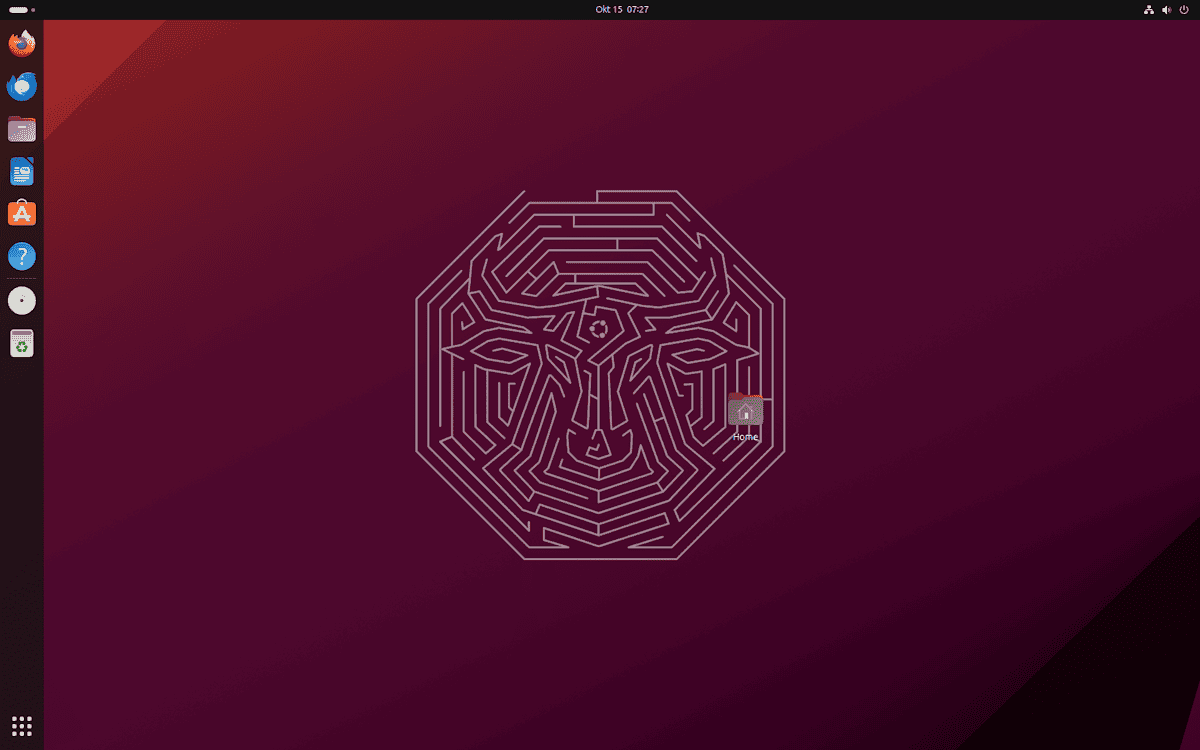
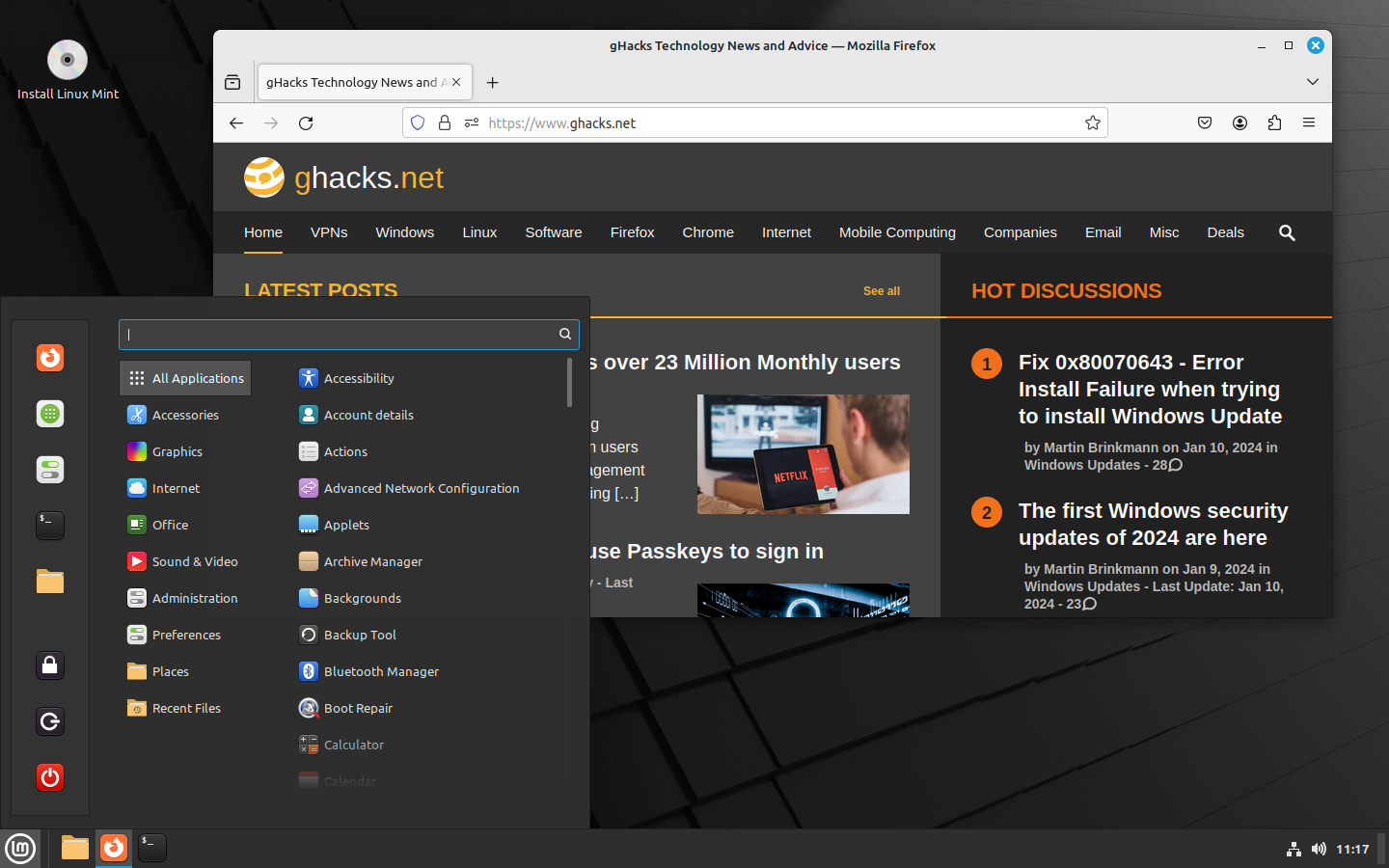






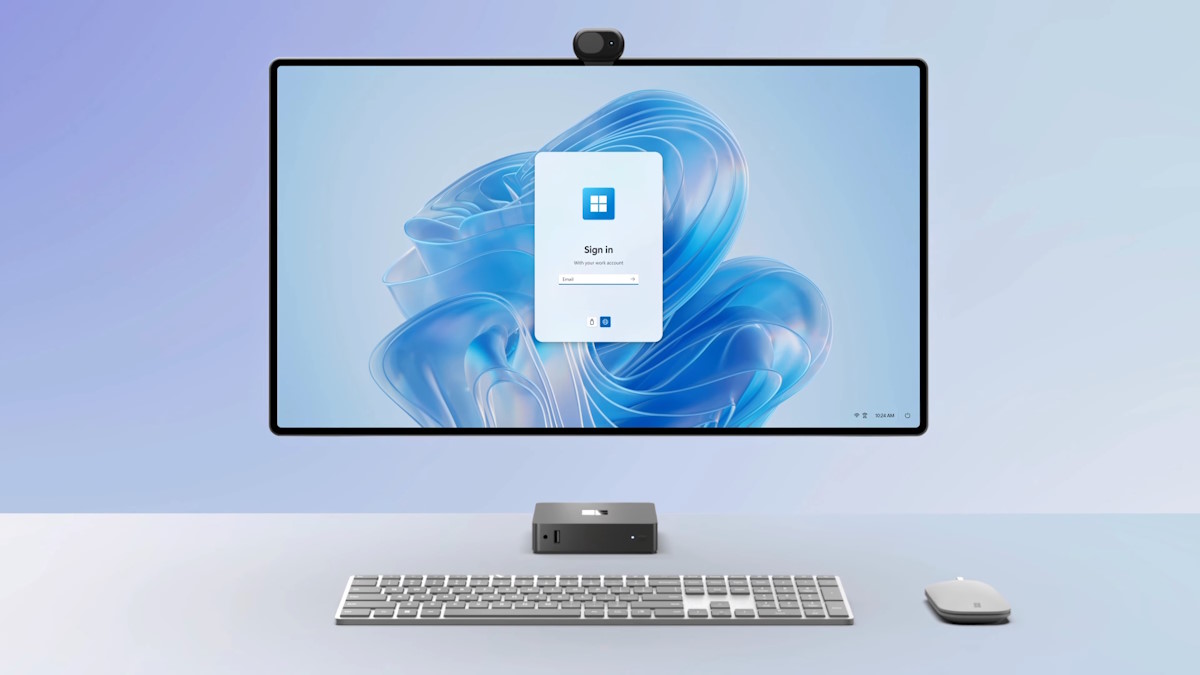



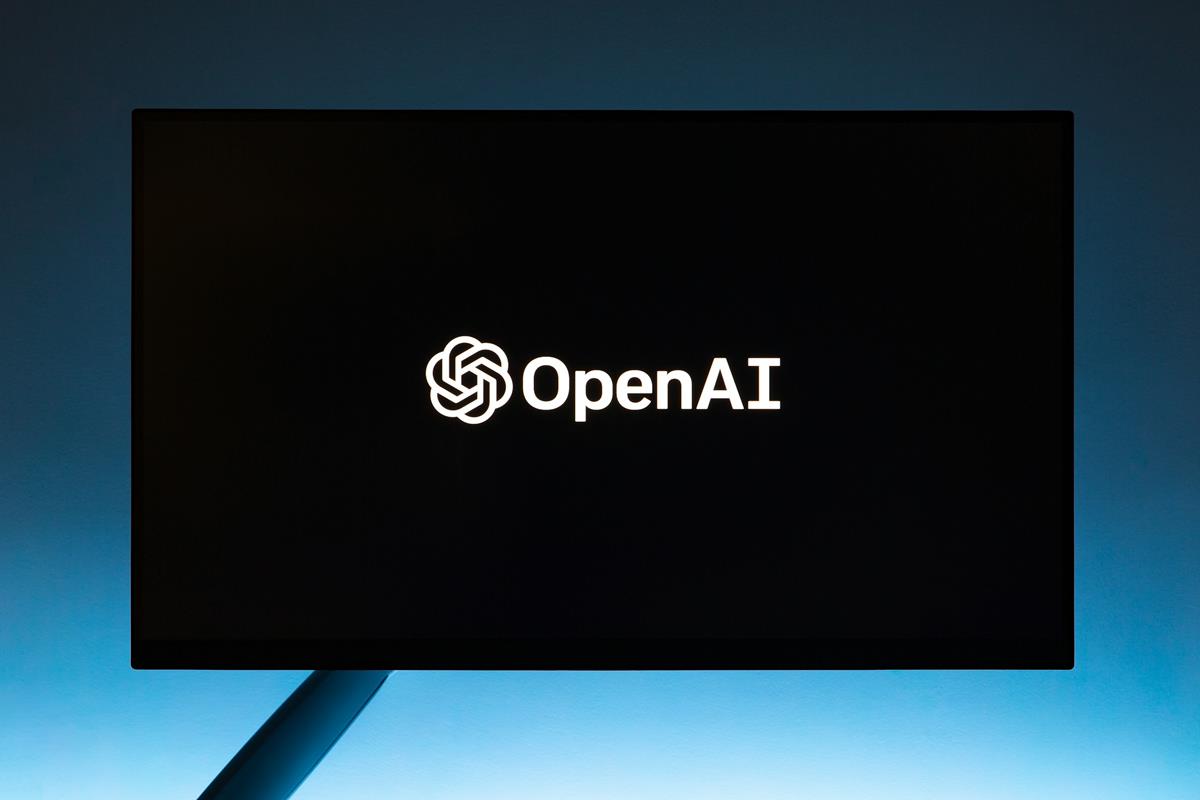


The XFCE dvd would not boot on my laptop. At one point I got the message “probably using real hardware!”
Does Gecko have the option of FDE when installing?
NotAnonymous,
“One thing that I can say right away that I did not like about the Gecko Linux installation was that the option to encrypt my system fully did not complete; rather it faced an error and I was forced to restart the installation without encryption.
Looking a little deeper into it, I know that older versions of Calamares had issues with encryption, but seeing as version 3.1 was the version being used, the old issue was no longer relevant. I didn’t spend hours seeing if there was anything I could do; I just moved on.”
^ a piece of the article above.
I can’t speak for other flavours of the distro that I didn’t try, but at least for this one, that was the case.
Thanks. Completely missed that in the article.
I’m a long time openSUSE user and feel almost no itch to switch. I run Tumbleweed, but I have run GeckoLinux under VirtualBox with a couple of different DEs and would not hesitate to recommend it. It’s a really well done spin; very true to its parent, but with a clear and valid reason for existing, and very well implemented. I don’t think it has any weaknesses or drawbacks in comparison to openSUSE. It is openSUSE, with some fat trimmed. A fine and eminently usable distro, and I’m glad to see it get some recognition!
Thank you “”IPONYMOUS”” Your comment was very useful to me. Linux has so many “branches” its like roots on a tree!!!
(I know that’s not what they are called but what the hey).
Mike, thanks and please keep the articles coming.
I’d suggest that keeping each distro on it’s own live USB3 thumb drive with persistance lets you run them at will. And it’s a safe platform to experiment on and learn to use the therminal.
Another distro not supporting 32bit. hmmm wont be long and Ill need to drop on a copy of puppy and let her live out her days on a farm.
@ Anonymous,
No surprise there because OpenSuse is the foundation distro for Suse Enterprise Linux, whose users mostly require 64bit, ie Enterprise users often use resource-heavy Business software/programs and networking.
……. Similarly, Fedora is the foundation distro for Red Hat Enterprise Linux.
32bit systems are more than enough for the average home-user. In comparison, gamers and music/video-editors require 64bit, Intel i7 processors, 16GB RAM or more, SSDs, etc.
Another option for those uncertain is:
1. PICK A DISTRO
– like UBUNTU to start with.
One which offers all of the most popular desktop environments and known for ease for the beginner. (Ubuntu typically has high compatibility with wifi cards for old and new computers as does MINT LINUX. Also you can try them live before you install – there are distros that require installation to try and some even require the whole disk be wiped during install. – alot to ask just to try!
2. TRY EACH OF THE MAIN DESKTOP ENVIRONMENTS
– to decide which most suites you. gnome, kde, xfce, lxde
ubuntu(gnome), xubuntu(xfce), kubuntu(kde), lubuntu(lxde), or any others that appeal.
3. THEN DISTRO HOP
– Once you are pretty sure on the desktop environment then distro hop to those that offer a version of their distro with YOUR desktop.
*to experience benefit a distro offers it is probably good to have used the same desktop environment across all distros you try. This should give you a good basis for comparison should you decide to venture further ;)
Excellent suggestion, and one I’ve just started to implement in my personal search for a Linux distro to take over from my Windows 7 daily OS before it hits EOL. In my particular case, I’m starting with Ubuntu and plan to test each desktop environment for at least one month before switching to another one, and will be ready to distro hop early next year.
I read that openSuse Leap works well with 10-point touch screens. Ubunru doesn’t.
I’ve had the same experience with Calamares and encrypted drives – it’s very… “flakey” for some reason. I’ve found the Anaconda installer (on Fedora) to be the “best” in setting up encrypted LUKS partitions. Anyway, on GeckoLinux, I’ve used the Yast Live Installer, and it’s able to handle the encrypted partitions OK.
Yes, thank you Mike. As a disgruntled windows user since version10, I am making live CD versions that you and Martin
evaluate here on Ghacks. The work you go thru here is very much appreciated.
Stev,
You’re quite welcome! I hope they help give you some ideas on what you like / dislike and can help you make the choice on what OS to use!
I always enjoy these articles and reviews and find them useful. The question that this one has raised for me has to do with patterns. This is the first time I’ve seen the word used in this context and have no idea what it means. I don’t recall hiding under a rock for any length of time so I hope someone can enlighten me by solving the mystery. ;)
Jozsef,
Patterns in OpenSUSE are pre-bundled packages. For example, if you installed a KDE package of some kind, it may likely include not just KDE and its base packages / essentials, but other applications and packages as well. This can be useful for some people because they will get all kinds of things all in a single install, but for those who try to keep a very clean and minimal installation it can be a nuisance because if I DON’T want a certain package or two that the pattern installs, I may be stuck with it anyway.
Hope that helped clarify for you!
Mike, it is good to see your articles becoming more regular. As a recent (middle of last year) all-in, convert to Ubuntu, I like reading your offerings. Although, having gone down the “let’s try a new distro,” road more times than I liked, I have settled back to Ubuntu. It seems more professionally put together and maintained.
I am not suggesting everyone should go with Ubuntu, just mentioning what floats my boat. :) I found with Mint I needed to go to the CLI more frequently. While not afraid of the CLI (grew up with DOS 2.1), I like the point and click-ness of the modern OSs. And, as you pointed out in the previous article, “man” is invaluable at the coal-face.
Please keep these articles coming, but if I may dare suggest, please try to weight the topics with the mainstream distros user percentages in mind.
Something I’ve read somewhere – some people start with Ubuntu, then want more, then test less known distributions, distro-hop for a while, looking for the perfect one with the perfect default applications and a perfect wallpaper, then they install Arch Linux bit by bit and feel happy and accomplished and tell it to everyone… But the next time they need to install something, they realize they don’t want to go through all the hassle, just install Ubuntu, set it up and start using it. ;-)
Thanks Mike for the heads-up on Gecko Linux. I’ve never heard of it before. I currently use Mint, but have been looking around (somewhat) at other distros “just in case.” One con though is that it appears to use systemD, which I’m not totally against seeing that I’m using Mint, but if I ever do switch to another distro I’d prefer one without it.